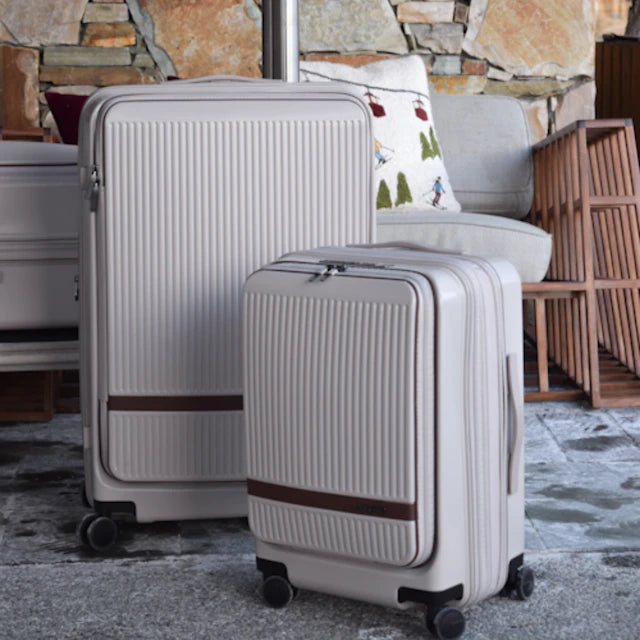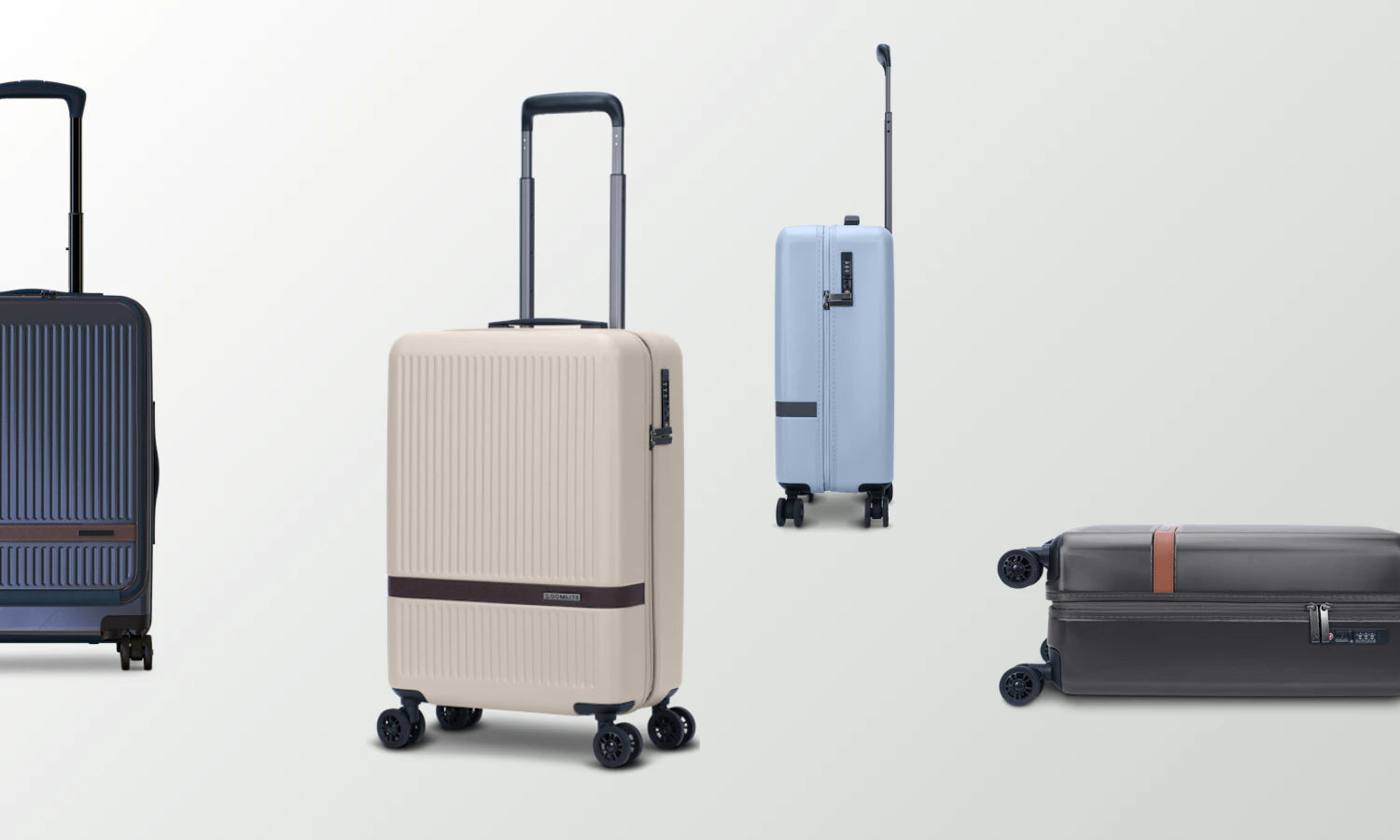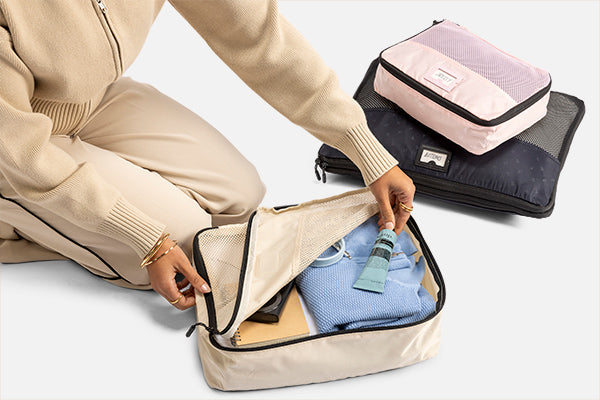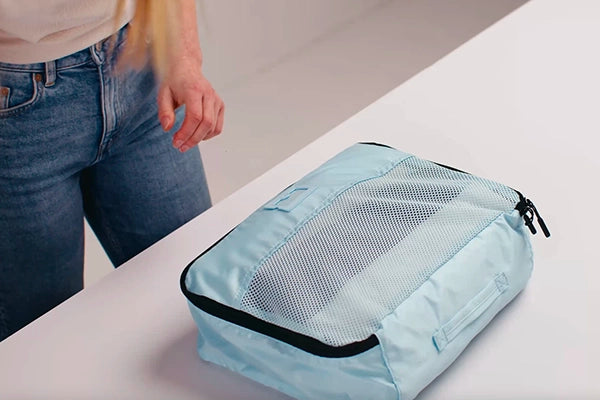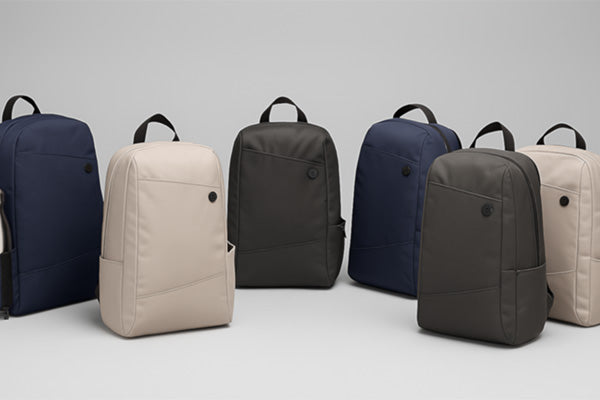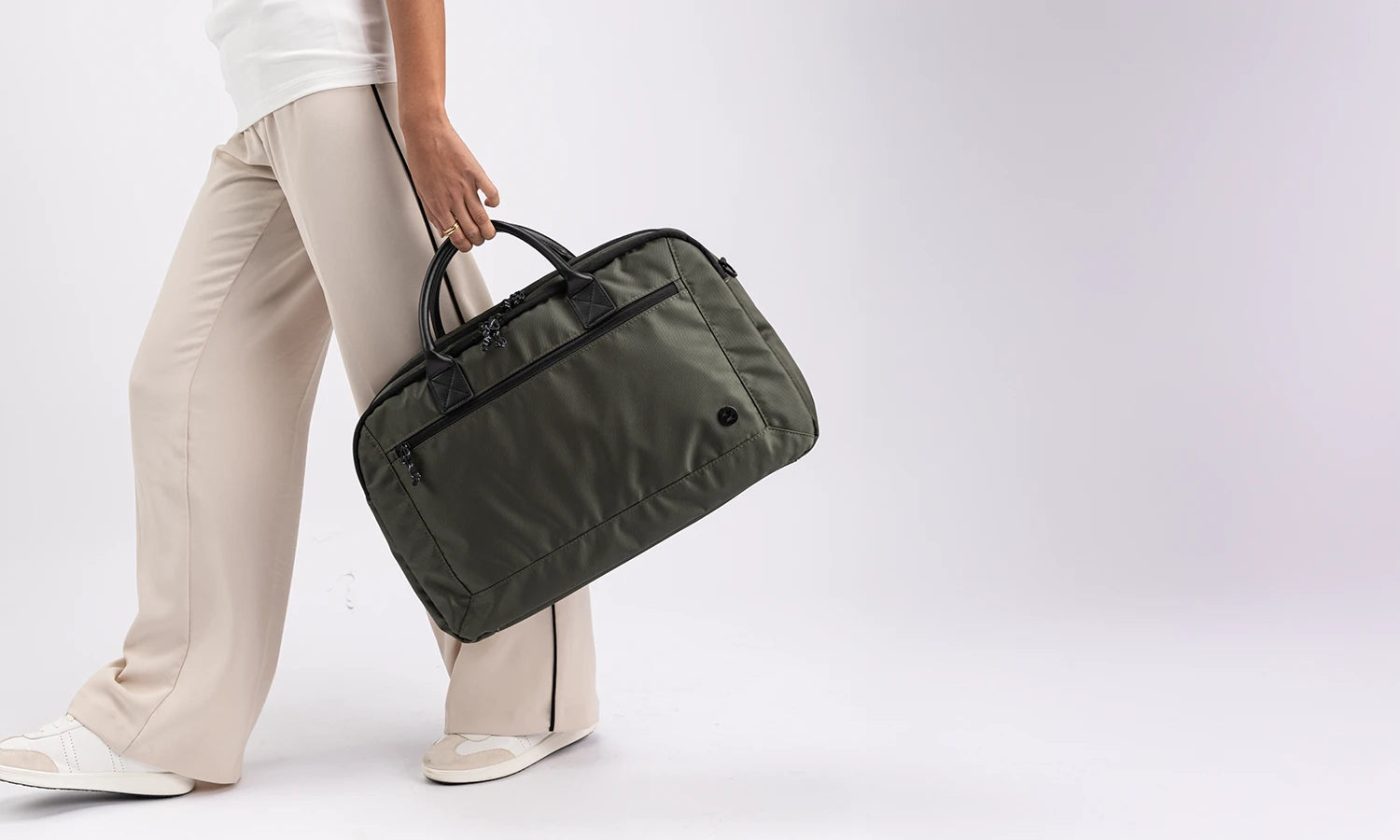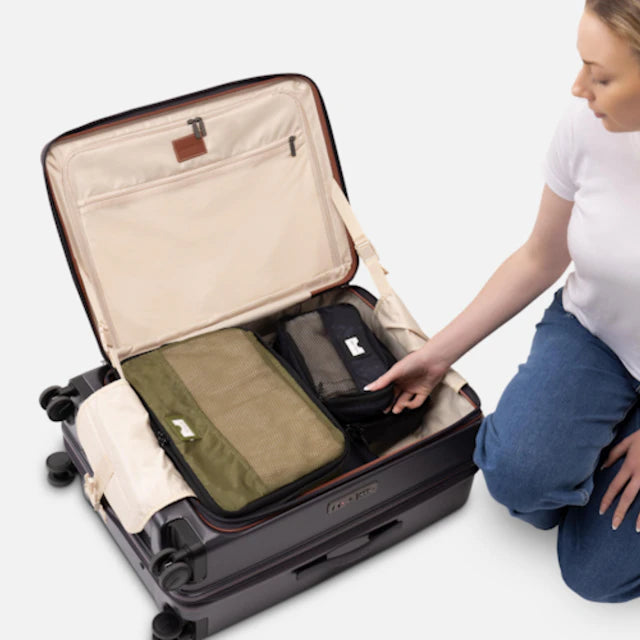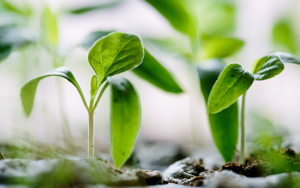
The Benefits of Sustainable Packaging
While the development of plastic products has led to some amazing, and often life-saving, innovations (think incubators, crash helmets and mechanisms for purifying drinking water), the cheap creation and versatile uses of plastic (particularly single-use plastics) has meant we’re creating more plastic waste than we are capable of dealing with.

Some Key Facts
Half of all plastics ever manufactured have been made in the last 15 years.
Production increased exponentially, from 2.3 million tons in 1950 to 448 million tons by 2015. Production is expected to double by 2050.
Every year, about 8 million tons of plastic waste escapes into the oceans from coastal nations. That’s the equivalent of setting five garbage bags full of trash on every foot of coastline around the world.
Plastics often contain additives making them stronger, more flexible, and durable. But many of these additives can extend the life of products if they become litter, with some estimates ranging to at least 400 years to break down.
Source: https://www.nationalgeographic.com/environment/article/plastic-pollution
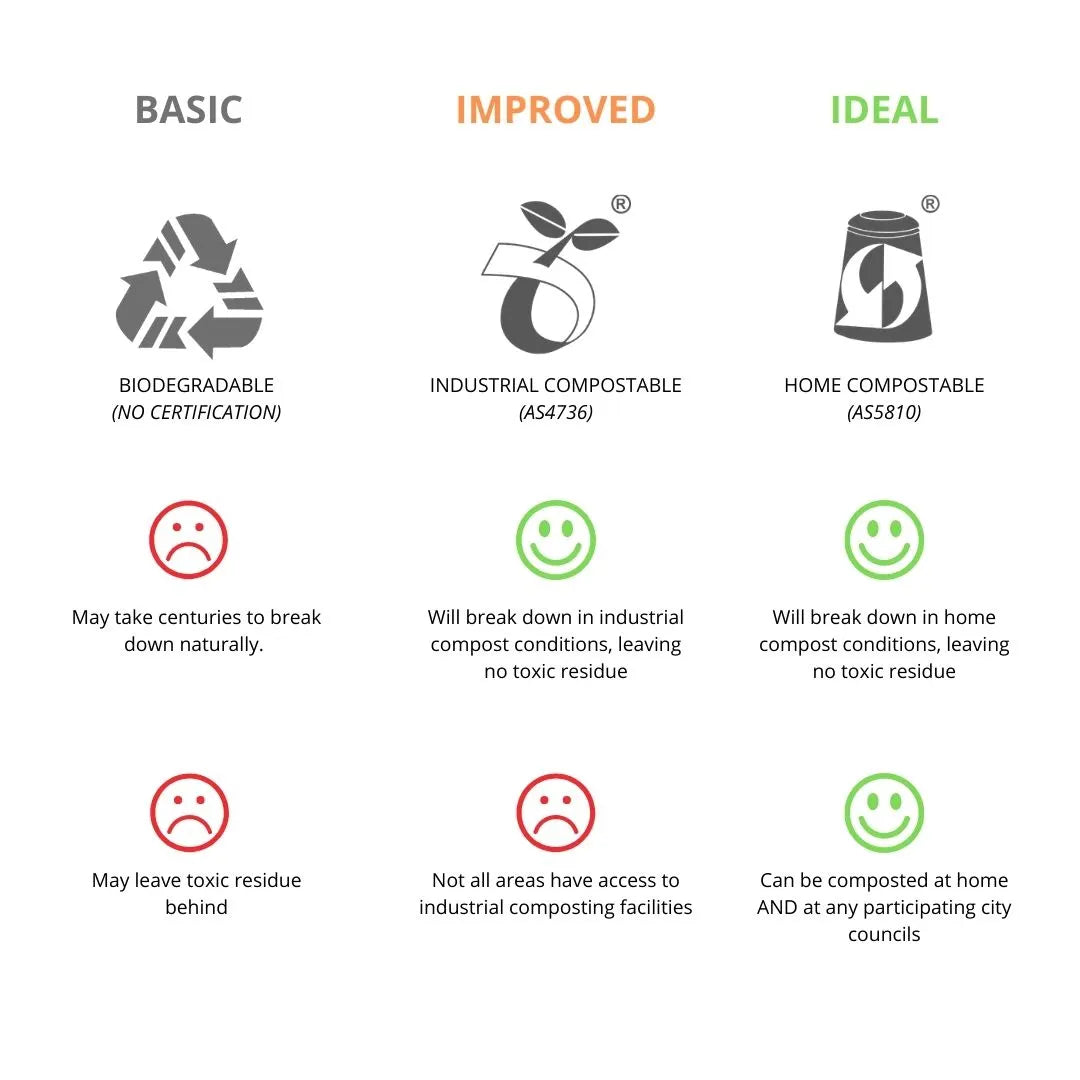
How to Dispose of Your Compostable Plastic Mailer
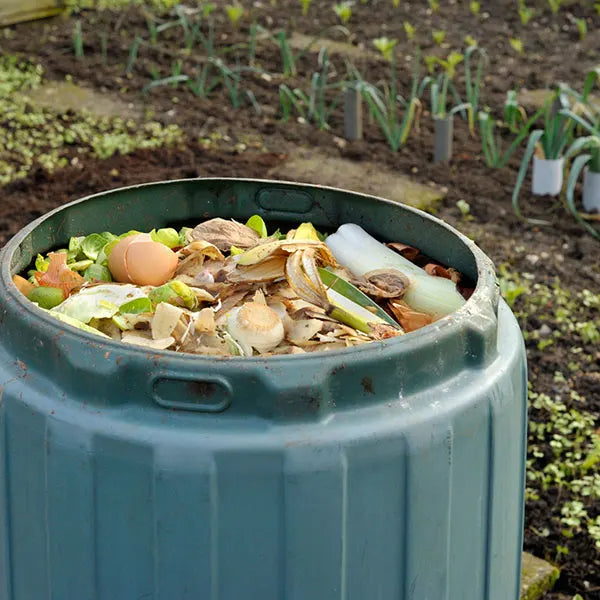
Home Composting
If you’ve got a compost bin at home, simply remove the label and adhesive strip, then add to your compost bin. Follow your normal process of turning and watering your compost.
Image Credit: gardeningknowhow.com
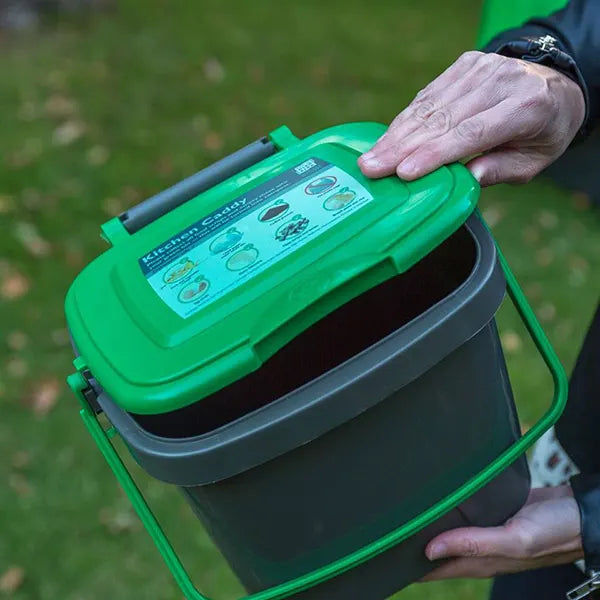
Council Composting
If your local council does composting they’ll either have given you a specific compost bin or bin liners, or they have notified you that you can add composting to your green waste bin (garden waste). Simply remove the label and adhesive strip from your compostable mailer, then put in the in garden waste bin.
